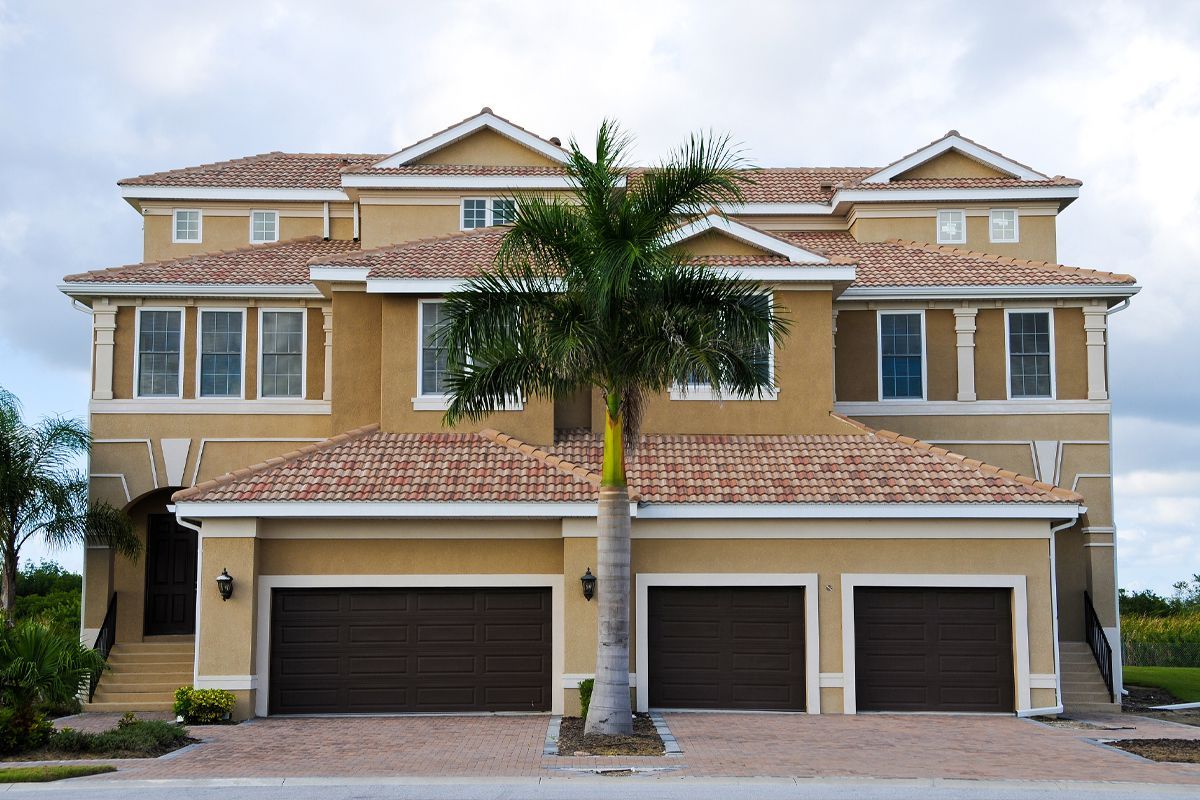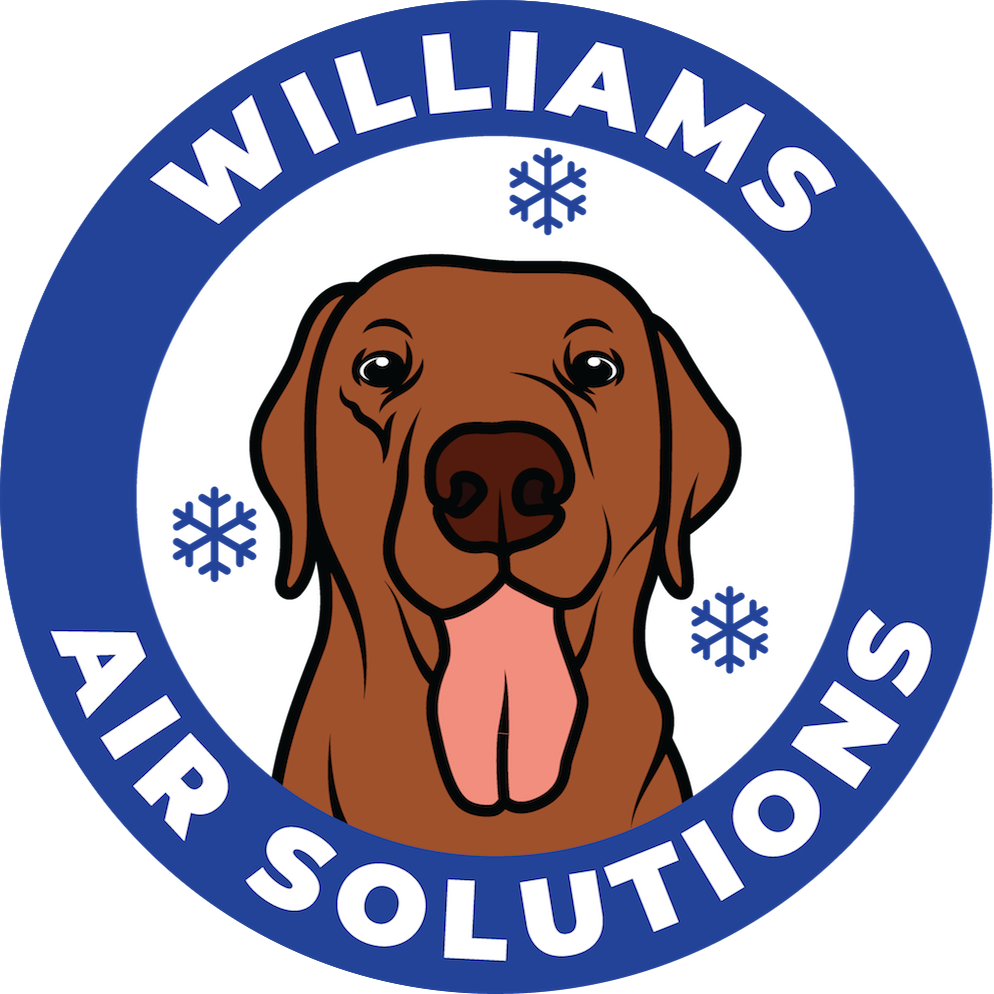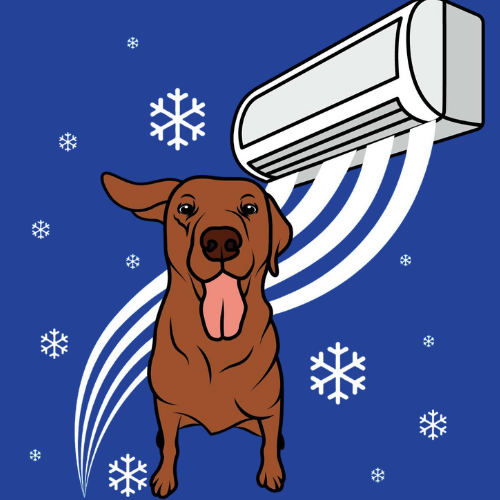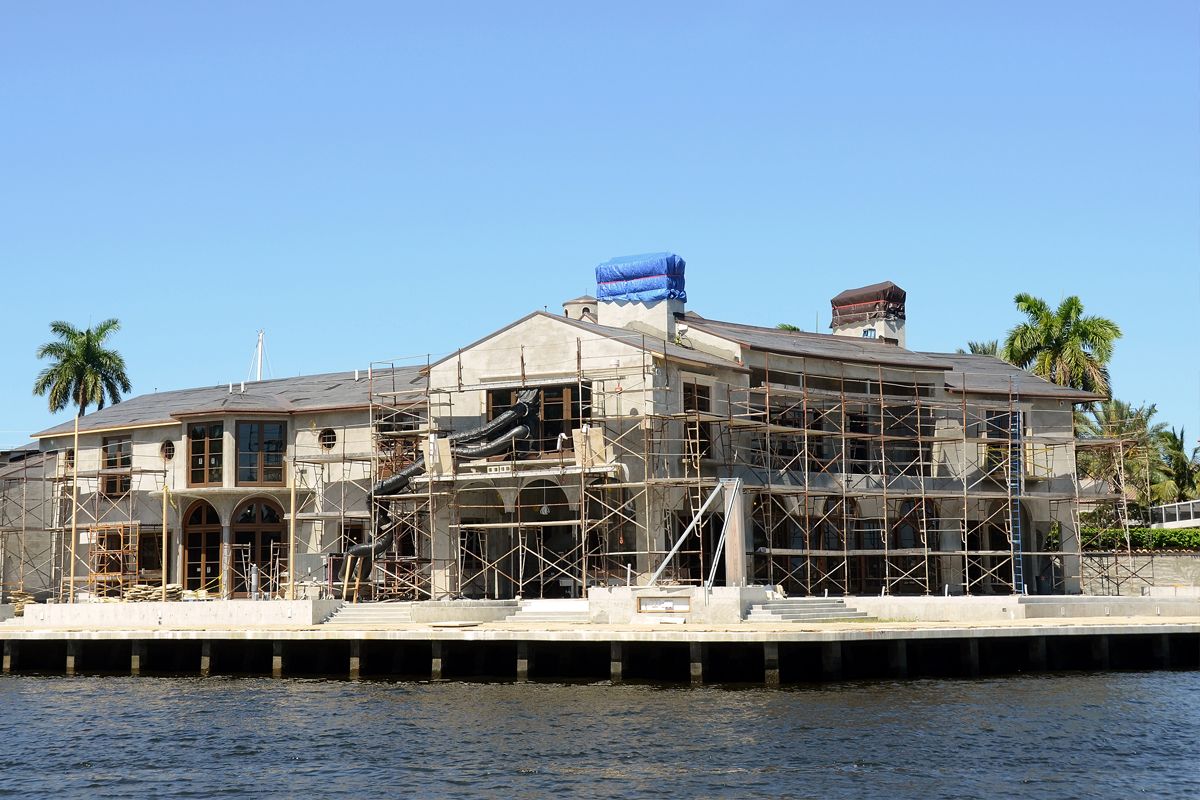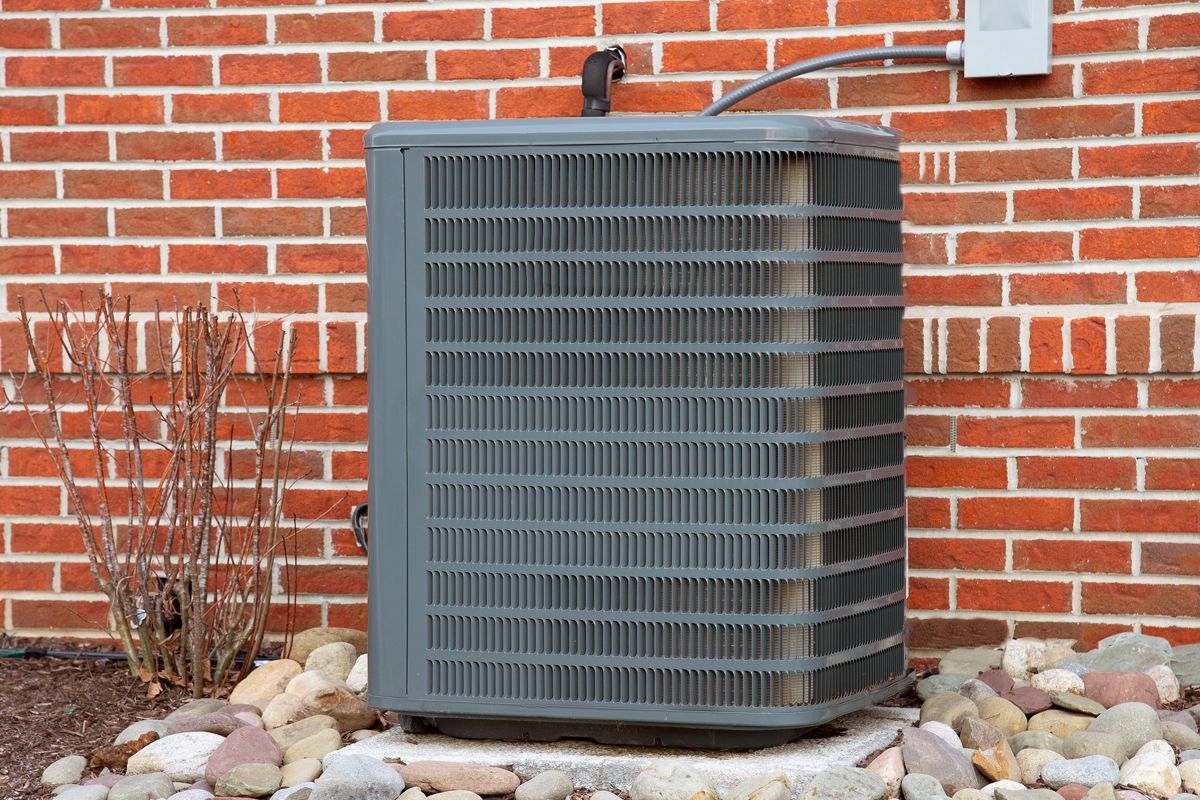What to Do If My AC Floods After a Storm in Pinellas County
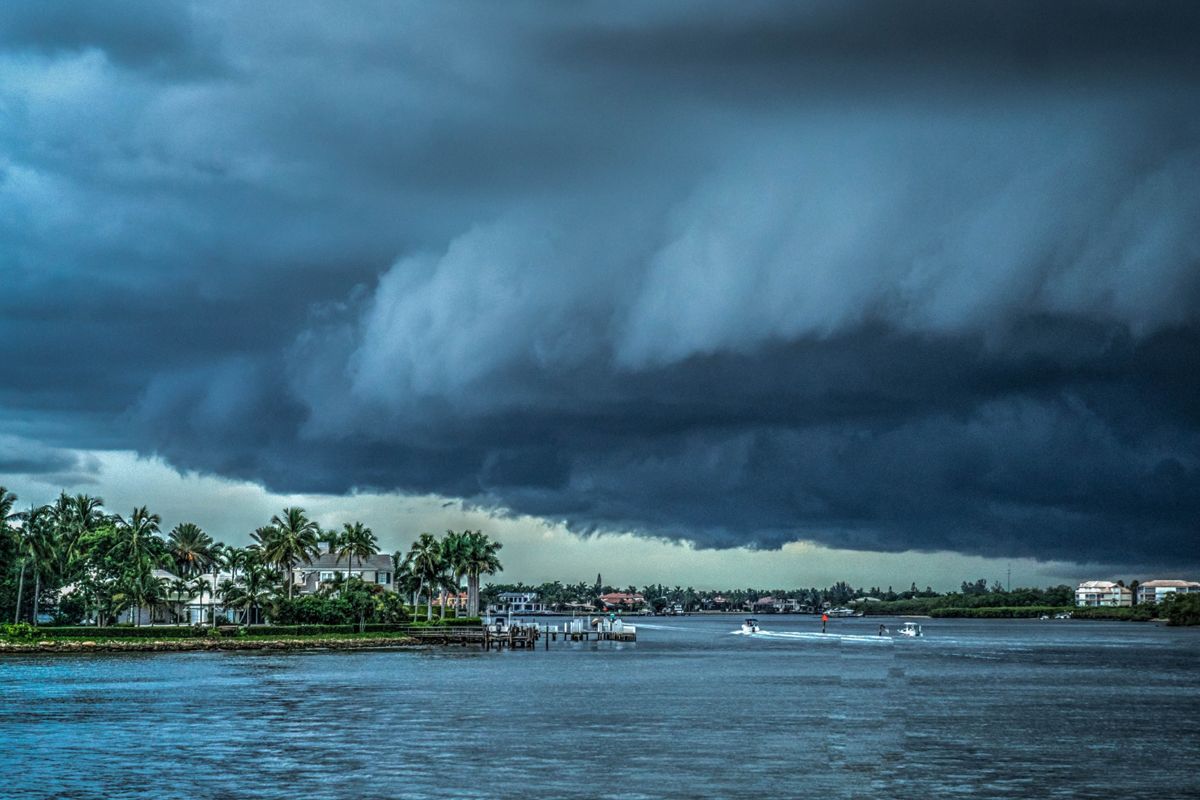
Florida homeowners are no strangers to heavy rain, tropical storms, and hurricanes. When flooding occurs, your outdoor AC unit (the condenser) is especially vulnerable. Even a few inches of standing water can cause electrical damage, corrosion, or mold growth inside your system.
If your AC floods after a storm in Pinellas County, acting quickly and safely can make the difference between a minor repair and a costly replacement.
Step 1: Turn Off the Power
Safety comes first. If you notice flooding around your outdoor unit, shut off power at the breaker immediately. This prevents electrical shorts and protects you and your family from potential hazards. Do not attempt to restart the system until it has been inspected.
Step 2: Remove Standing Water if Possible
If it’s safe to do so, work to clear water from around the unit. Using a pump or directing runoff away from the condenser can minimize further damage. Avoid removing panels or opening the unit yourself, that should be left to a professional technician.
Step 3: Check for Visible Damage
Once water levels have gone down, take note of:
- Mud or debris lodged around the coils and fins
- Units that have shifted or tipped off the concrete pad
- Visible corrosion or rust on electrical components
- Musty odors coming from vents indoors
Even if your system looks fine on the outside, hidden water damage may still exist.
Step 4: Schedule a Professional Inspection
Flooding can damage electrical wiring, refrigerant lines, and mechanical parts inside the unit. A professional HVAC technician should:
- Inspect all electrical components for water damage
- Clean coils and remove debris
- Check refrigerant levels and pressures
- Ensure the condenser is securely anchored to its pad
- Test the system safely before restarting
Attempting to run your AC before it’s inspected can cause permanent damage.
Step 5: Consider Long-Term Protection
If your AC has flooded once, it’s at risk again in future storms. Preventive steps include:
- Elevating the Unit: Raising the condenser on a hurricane-rated stand helps protect against future flooding.
- Installing Surge Protection: Protects against lightning strikes and power surges common in Florida storms.
- Clearing Drainage Paths: Ensures water doesn’t pool near the unit during heavy rains.
After a tropical storm, a homeowner in St. Petersburg, FL called us when their outdoor unit sat in nearly a foot of standing water. Because they had turned off the breaker and scheduled service right away, our technicians were able to dry, clean, and repair the system without requiring full replacement. Their quick action saved them thousands of dollars.
Flooding after a storm is stressful, but with the right steps, you can protect your HVAC system and your investment. Always turn off the power, clear water when safe, and schedule a professional inspection before restarting your AC.
At Williams Air Solutions, we’ve helped countless Pinellas County homeowners recover from storm-related HVAC damage.
If your AC has been flooded, call Williams Air Solutions at
(727) 353-0090 right away for expert inspection and repair. We’re here to restore your comfort safely and efficiently.
